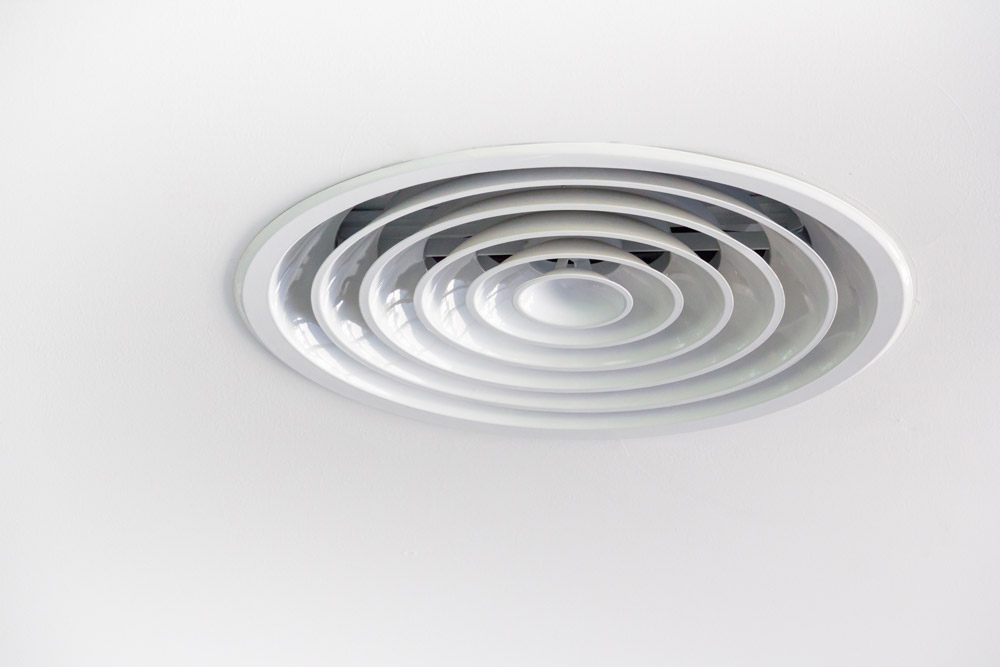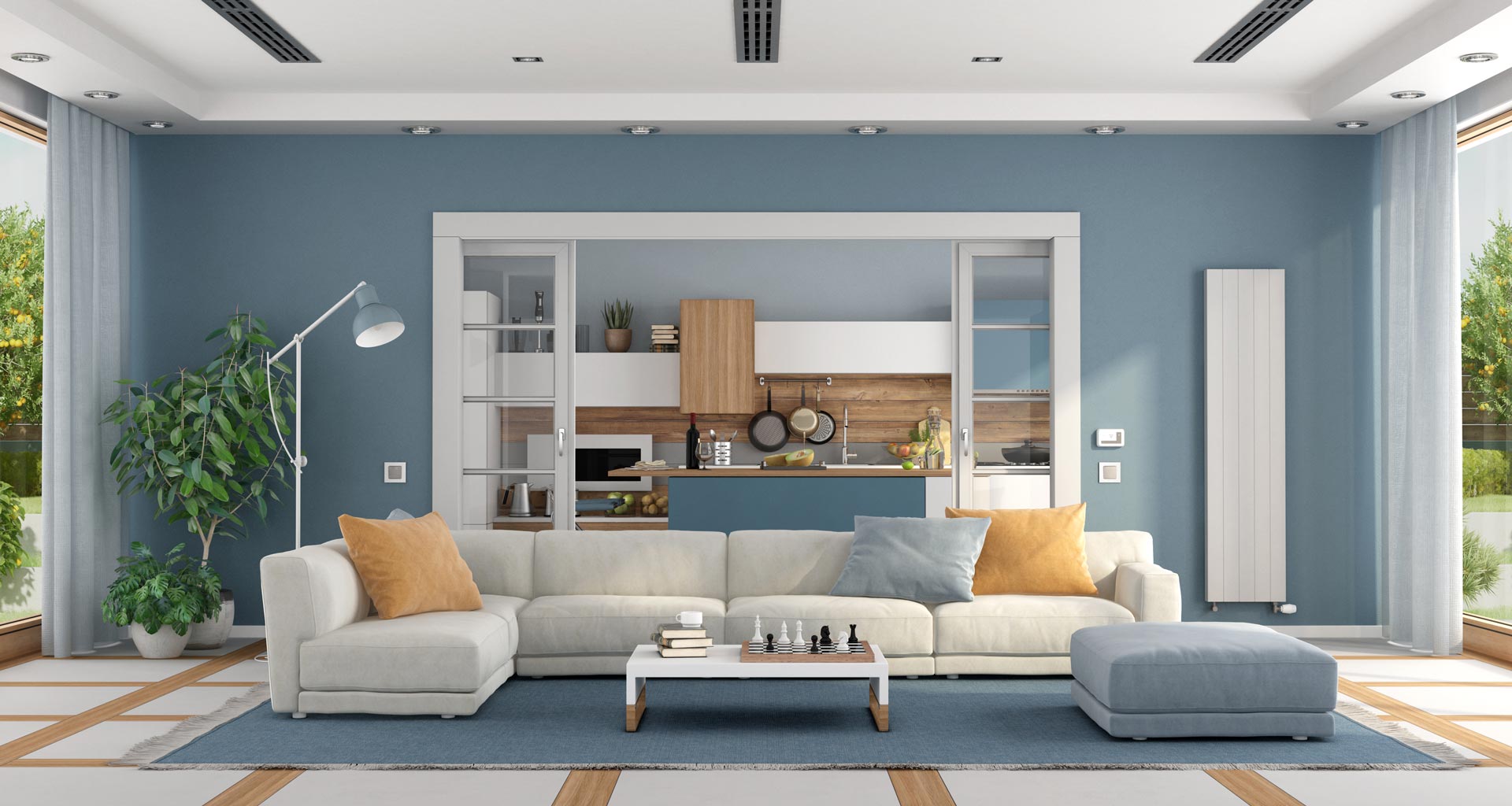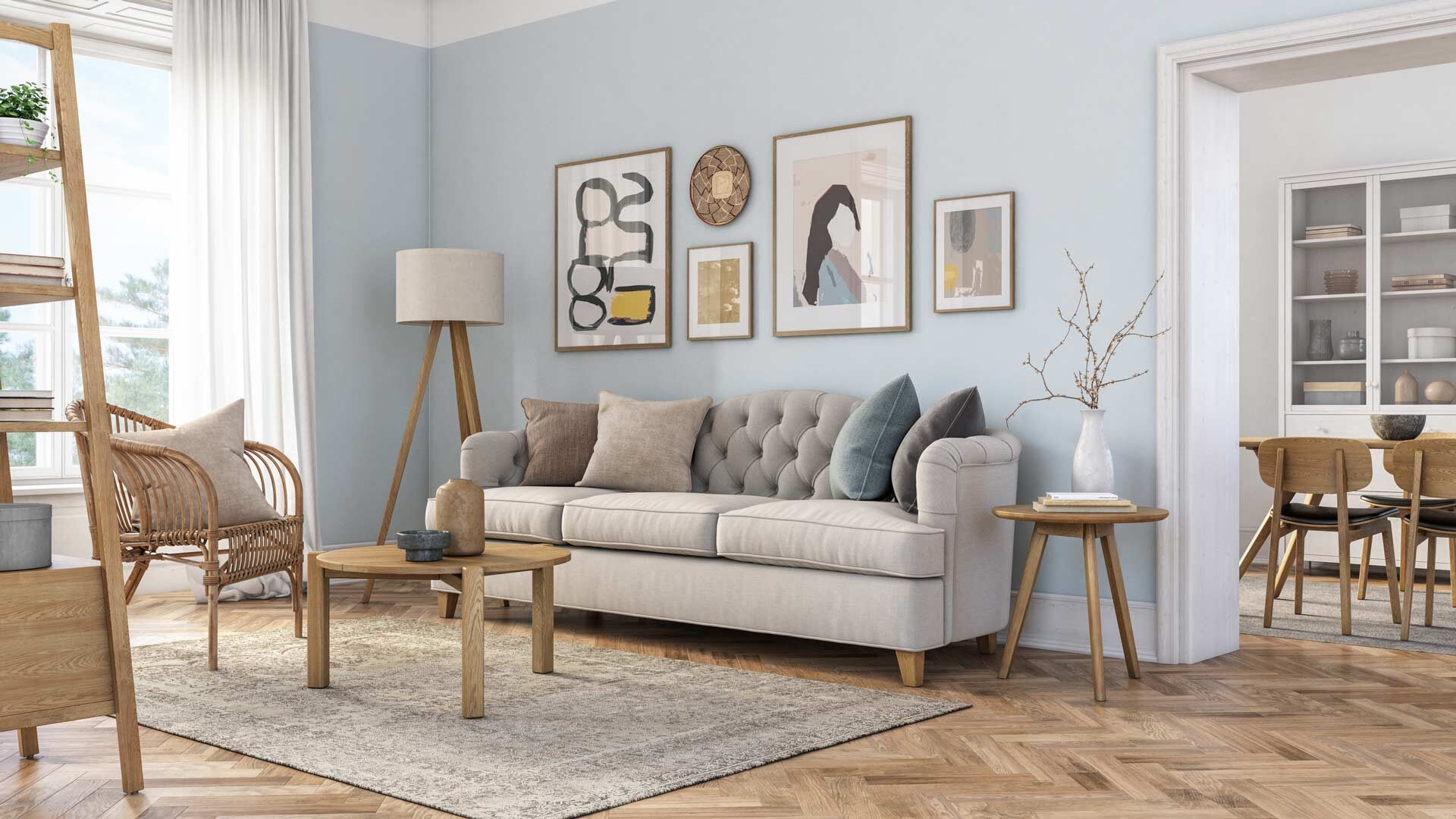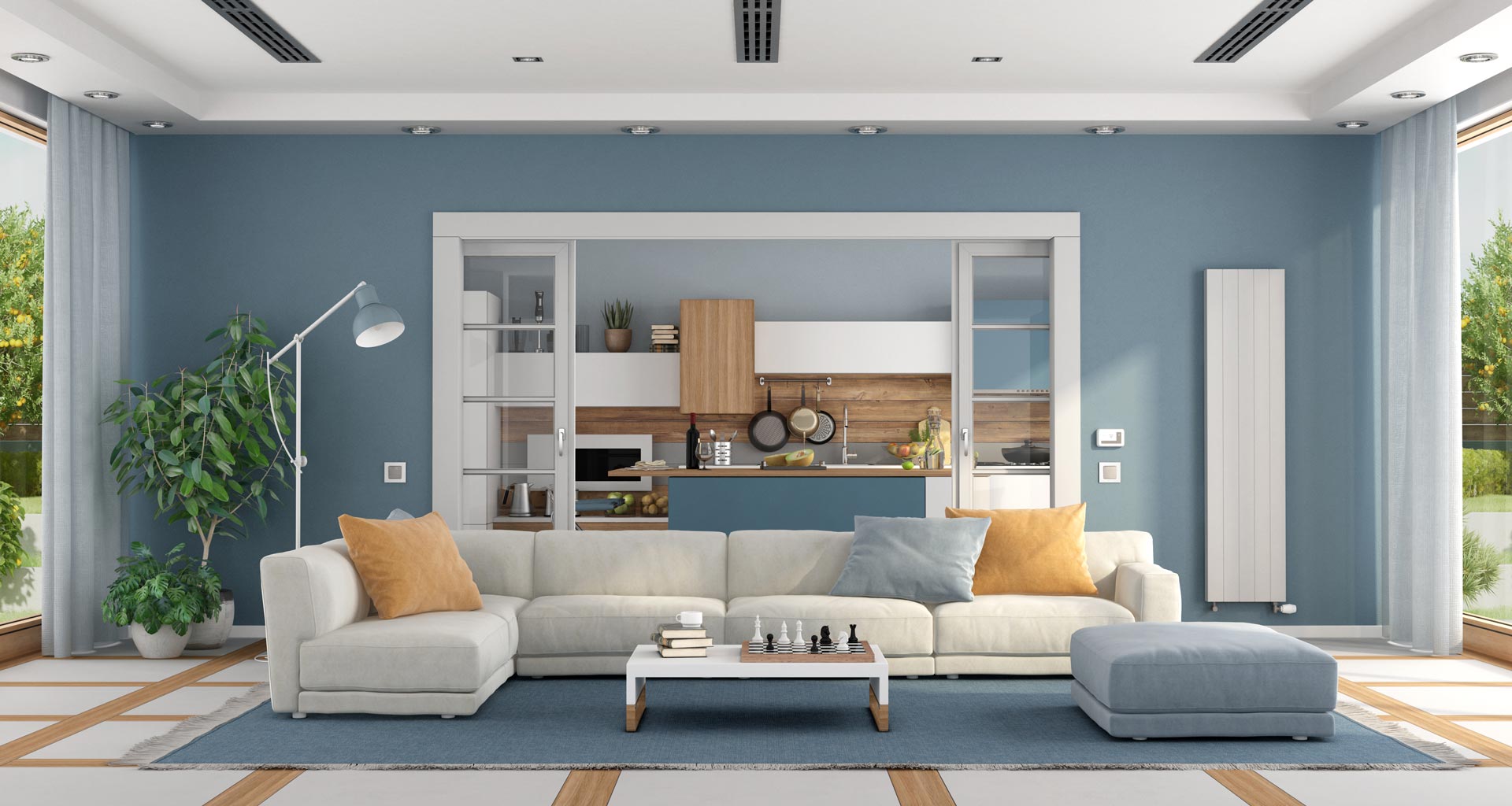Improve your home’s comfort and energy efficiency with whole home ventilation. In New Zealand’s climate, where inconsistent insulation and moisture issues are common, whole home ventilation systems play a crucial role in maintaining a dry and comfortable living environment. By filtering and redistributing air in an energy-efficient manner, these systems help prevent moisture, mold, and condensation, which can lead to health issues and additional costs. There are two types of whole home ventilation systems: positive pressure and balanced pressure, each with its own benefits. At Quality Air, our knowledgeable team can guide you through the decision-making process and help you choose the best option for your home and lifestyle. Don’t hesitate to contact us today and schedule a free in-home assessment. Experience the benefits of whole home ventilation and start maximizing your comfort and energy efficiency.

Types of Whole Home Ventilation
When it comes to whole home ventilation, there are two main types to consider: positive pressure ventilation and balanced pressure ventilation. Each type has its own unique benefits and considerations, so it’s important to understand the differences before making a decision.
Positive Pressure Ventilation
Positive pressure ventilation works by drawing dry, warm air from the roof cavity, filtering it, and distributing it throughout the home. This process helps to create a dry and comfortable living environment while minimizing the threat of moisture and improving overall heating efficiency. Positive pressure ventilation is especially effective in climates like New Zealand’s, where inconsistent insulation and high humidity can be a challenge.
Balanced Pressure Ventilation
Balanced pressure ventilation, on the other hand, involves requiring outside air to supply clean, filtered air into the home through ceiling vents. This type of ventilation system helps to remove stale and moisture-laden air from indoors while bringing in fresh air from outside. Balanced pressure ventilation is a great option for homeowners who want to maintain a healthy and comfortable indoor environment.
Benefits of Whole Home Ventilation
Installing a whole home ventilation system offers a range of benefits that can greatly enhance the quality of life in your home. Here are some of the key benefits to consider:
Preventing Moisture, Mold, and Condensation
One of the primary benefits of whole home ventilation is its ability to prevent moisture, mold, and condensation issues. By effectively circulating and redistributing air throughout the entire house, these systems help to create a dry and well-ventilated living environment, minimizing the risk of mold growth and other moisture-related problems.
Improving Indoor Air Quality
Whole home ventilation systems also play a crucial role in improving indoor air quality. By continually filtering and replacing the air inside your home, these systems help to remove dust, pollen, pet dander, and other allergens, creating a healthier and more comfortable environment for you and your family.
Reducing Allergies and Asthma
For those who suffer from allergies or asthma, whole home ventilation can be a game-changer. By effectively removing allergens and irritants from the air, these systems can significantly reduce symptoms and improve overall respiratory health. This can mean fewer allergy flare-ups and a better quality of life.
Energy Efficiency and Cost Savings
Whole home ventilation systems are designed to operate efficiently, meaning they can help to reduce energy consumption and lower utility bills. By circulating pre-warmed or cooled air throughout your home, these systems can help to minimize the need for additional heating or cooling, resulting in substantial cost savings over time.
Improved Comfort
Finally, whole home ventilation systems can greatly improve overall comfort levels in your home. By maintaining a consistent temperature and humidity level throughout all areas, these systems can eliminate hot or cold spots and create a more pleasant living environment. Whether it’s summer or winter, you can enjoy a comfortable home all year round.

Positive Pressure Ventilation
Now that we’ve explored the benefits of whole home ventilation, let’s take a closer look at positive pressure ventilation specifically.
Process and Functionality
Positive pressure ventilation works by extracting dry, warm air from the roof cavity and filtering it before distributing it throughout the home. The system typically consists of a fan unit, filters, and ducts that connect to various areas of the house. The fan unit draws air from the roof cavity, filters out any contaminants, and then pushes the clean, dry air into the living spaces. This process helps to create a positive pressure in the home, pushing out stale and moisture-laden air while bringing in fresh, filtered air from the outside.
Installation Process and Considerations
When it comes to installing a positive pressure ventilation system, it’s important to consult with a qualified professional to ensure that the system is installed correctly and in the most effective locations. The installation process typically involves mounting the fan unit in the roof cavity, connecting ducts to various areas of the house, and installing ceiling vents or diffusers. The professional will assess your home’s layout and specific ventilation needs to determine the best configuration for your system.
Maintenance and Servicing
To keep your positive pressure ventilation system running smoothly, regular maintenance is necessary. This includes cleaning or replacing filters, inspecting ductwork for any leaks or damage, and checking the fan unit for any issues. It’s recommended to schedule annual servicing with a qualified technician to ensure optimal performance and longevity of your system.
Balanced Pressure Ventilation
Next, let’s dive into balanced pressure ventilation and explore how it differs from positive pressure ventilation.
Process and Functionality
Balanced pressure ventilation involves bringing in fresh, filtered air from the outside and distributing it evenly throughout the home, while simultaneously extracting stale and moisture-laden air from indoors. The system typically consists of two fans, one for supply air and one for exhaust air, along with filters and ductwork. The supply air fan draws in outside air, filters it, and distributes it through ceiling vents or diffusers. At the same time, the exhaust air fan removes stale air from the home, creating a balanced pressure environment.
Installation Process and Considerations
The installation process for a balanced pressure ventilation system is similar to that of positive pressure ventilation, but with some additional considerations. The two fans need to be strategically placed to ensure proper air circulation and balanced pressure throughout the home. It’s important to consult with a professional to determine the best locations for the fans and to ensure that the system is properly sized to meet your home’s ventilation needs.
Maintenance and Servicing
Like any ventilation system, regular maintenance is essential for optimal performance of a balanced pressure ventilation system. This includes cleaning filters, inspecting ductwork, and checking the fans for any issues. An annual servicing by a qualified technician is recommended to keep your system running smoothly and efficiently.

Choosing the Right Whole Home Ventilation System
Choosing the right whole home ventilation system for your home can greatly impact its comfort, air quality, and energy efficiency. Here are some factors to consider when making your decision:
Assessing Your Home’s Needs
Start by evaluating your home’s specific ventilation needs. Consider factors such as the size of your home, the number of occupants, the layout, and any existing moisture or air quality issues. This will help you determine the type and size of ventilation system that will be most effective in addressing your specific needs.
Consulting with Professionals
It’s always a good idea to consult with professionals who specialize in whole home ventilation systems. They can assess your home, provide expert advice, and recommend the most suitable system for your needs. They will also ensure that the system is properly installed and configured for optimal performance.
Considering Energy Efficiency
Energy efficiency is an important consideration when choosing a whole home ventilation system. Look for systems that are energy-efficient and utilize features such as heat recovery or efficient fans. This will help to minimize energy consumption and reduce your carbon footprint.
Budgeting for Installation and Maintenance
Lastly, consider your budget for both the installation and ongoing maintenance of a whole home ventilation system. While these systems can provide long-term cost savings through improved energy efficiency, there will be upfront costs for installation. Additionally, regular maintenance is necessary to keep the system running smoothly, so factor in these costs when making your decision.
Installation and Maintenance
Once you’ve chosen the right whole home ventilation system for your home, it’s important to ensure that the installation and maintenance processes are carried out correctly. Here are some key considerations:
Finding a Qualified Professional
To ensure a successful installation, it’s essential to find a qualified professional who specializes in whole home ventilation systems. Look for professionals who have experience in the field and who can provide references or testimonials from satisfied customers. A skilled technician will ensure that your system is installed correctly, in the most effective locations, and according to industry standards.
Preparing Your Home for Installation
Before installation, it’s important to prepare your home to ensure a smooth and efficient process. This may involve clearing access to the roof cavity or areas where ductwork will be installed. Your installer will provide guidance on any necessary preparations and will also take care to protect your home and belongings during the installation process.
Following Proper Maintenance Guidelines
Proper maintenance is essential for the ongoing performance and longevity of your whole home ventilation system. Follow the manufacturer’s guidelines for cleaning or replacing filters, inspecting ductwork, and servicing the fan unit. Additionally, schedule annual servicing with a qualified technician to address any potential issues and ensure that your system is running at its best.

Common FAQs about Whole Home Ventilation
As you learn more about whole home ventilation, you may have some common questions. Here are answers to a few frequently asked questions:
What is the difference between whole home ventilation and other ventilation systems?
Whole home ventilation is designed to provide ventilation and air distribution throughout the entire house, rather than individual rooms or areas. It helps to create a healthy and comfortable living environment by continuously circulating and filtering the air. Other ventilation systems, such as kitchen or bathroom ventilation, are typically designed for specific areas and focus more on removing odors or moisture from those particular spaces.
How much does whole home ventilation cost?
The cost of a whole home ventilation system can vary depending on factors such as the size of your home, the type of system chosen, and the complexity of the installation. It’s best to consult with professionals who can provide a personalized quote based on your specific needs.
Can I install a whole home ventilation system myself?
While some homeowners may have the skills and experience to install a whole home ventilation system themselves, it’s generally recommended to hire a qualified professional. They have the knowledge and expertise to ensure that the system is installed correctly, in compliance with building codes and industry standards.
Will whole home ventilation improve the resale value of my home?
While whole home ventilation can improve the comfort and air quality of your home, it’s unlikely to significantly impact its resale value on its own. However, it can be seen as an attractive feature for potential buyers who appreciate the benefits of a well-ventilated and healthy living environment.
How long does a whole home ventilation system last?
The lifespan of a whole home ventilation system can vary depending on factors such as the quality of the system, the level of maintenance, and the overall usage. On average, a well-maintained system can last anywhere from 10 to 20 years or more.
Can I use whole home ventilation with other heating and cooling systems?
Yes, whole home ventilation systems can be used in conjunction with other heating and cooling systems, such as heat pumps or air conditioning. In fact, combining these systems can help to create an even more comfortable and energy-efficient living environment.
Conclusion
Investing in a whole home ventilation system is a wise decision for homeowners who want to improve their indoor air quality, prevent moisture and mold issues, and enhance the overall comfort of their living environment. By carefully considering the type of system, consulting with professionals, and following proper installation and maintenance practices, you can enjoy the benefits of a well-ventilated and healthy home. Don’t hesitate to reach out to experts in the field to learn more about how whole home ventilation can transform your living space into a more comfortable and energy-efficient haven.





